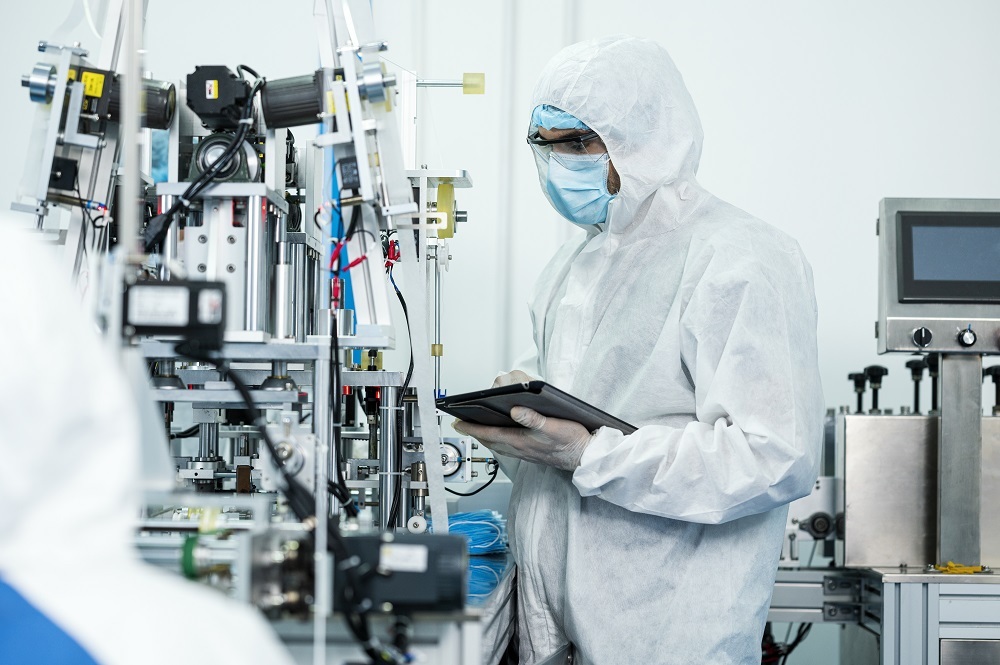Following the lead of the European Union and Great Britain, the U.S. FDA has begun rolling out its action plan for regulating artificial intelligence/machine learning (AI/ML)-based software as a medical device.
The United Kingdom’s Medicines and Healthcare products Regulatory Agency (MHRA) recently released its regulatory program for medical devices, which bears many similarities to the European Union’s Medical Device Regulation (MDR), which went into effect in May 2021.
The EU MDR represents the first regulatory guidance of its kind for medical device software, commonly known as SaMD. Based on what the FDA has published so far, its regulations — set to roll out in phases beginning later this year — will fall into line with the European precedent. Medical device manufacturers can begin planning now for these new regulations by looking to the blueprint set by the EU MDR.
What to expect from the FDA’s regulations for AI/ML-based SaMD
- Patient-centered approach incorporating transparency for SaMD users
- Total product lifecycle approach to regulations
The FDA’s AI/ML-based SaMD action plan emphasizes the need for manufacturers to approach the development of SaMD with the patient in mind, taking into account issues such as usability and accountability. A core component of the patient-centered approach is transparency, which is especially important for AI/ML-based medical devices because they can learn and adapt over time. Manufacturers can expect the FDA to implement extensive guidelines for labeling AI/ML-based devices to provide patients information about how the algorithm was designed and the logic it employs.
The EU MDR overhauled labeling requirements, with a focus on general safety and performance. Those requirements include warnings, precautions or contradictions and a summary of safety and clinical performance for certain devices. The FDA has not released details of its labeling requirements yet, as it is still seeking stakeholder input. US medical device manufacturers will have an opportunity to provide their input on the FDA’s labeling requirements during a public workshop on October 14, 2021.
The EU MDR requires lifecycle traceability, where medical device manufacturers must demonstrate traceability from product development through to post-market analysis. In a similar vein, the FDA is planning to use a total product lifecycle approach to regulation and monitoring of medical devices. This includes pre-market development, real-world performance monitoring, and post-market analysis.
A part of the FDA’s new total product lifecycle approach could include regulation that makes the manufacturer responsible for explaining in its FDA submission how the medical device’s algorithm may change over time. This may lead to a requirement for near-constant monitoring and reporting of the device’s performance, which will likely increase cost throughout the lifecycle of a device.
How to prepare
Although the FDA’s AI/ML-based device regulations will likely be less strict than the EU MDR, medical device manufacturers should prepare now for new regulations.
A survey of 115 EU companies released earlier this year found that 31% of companies expected that achieving MDR compliance would cost between 5% and 10% of annual revenue. These costs may prove prohibitive for many small- and medium-sized medical device manufacturers in the US, so the FDA’s regulations may be less strict.
By following along with the FDA’s public workshops and updates on the AI/ML-based device action plans, US medical device manufacturers can position themselves to understand and embrace the new regulations and to avoid a last-minute rush to achieve compliance.

